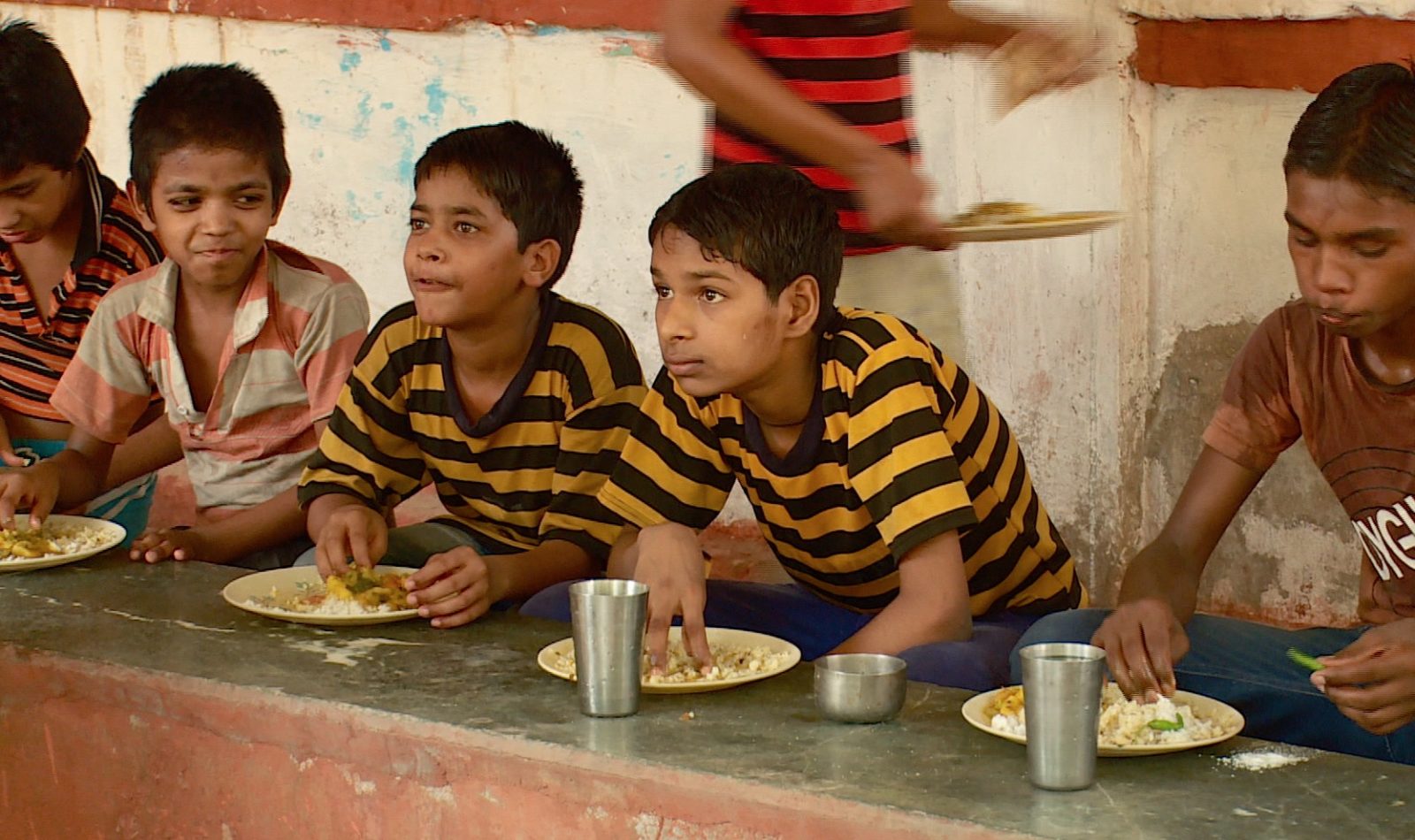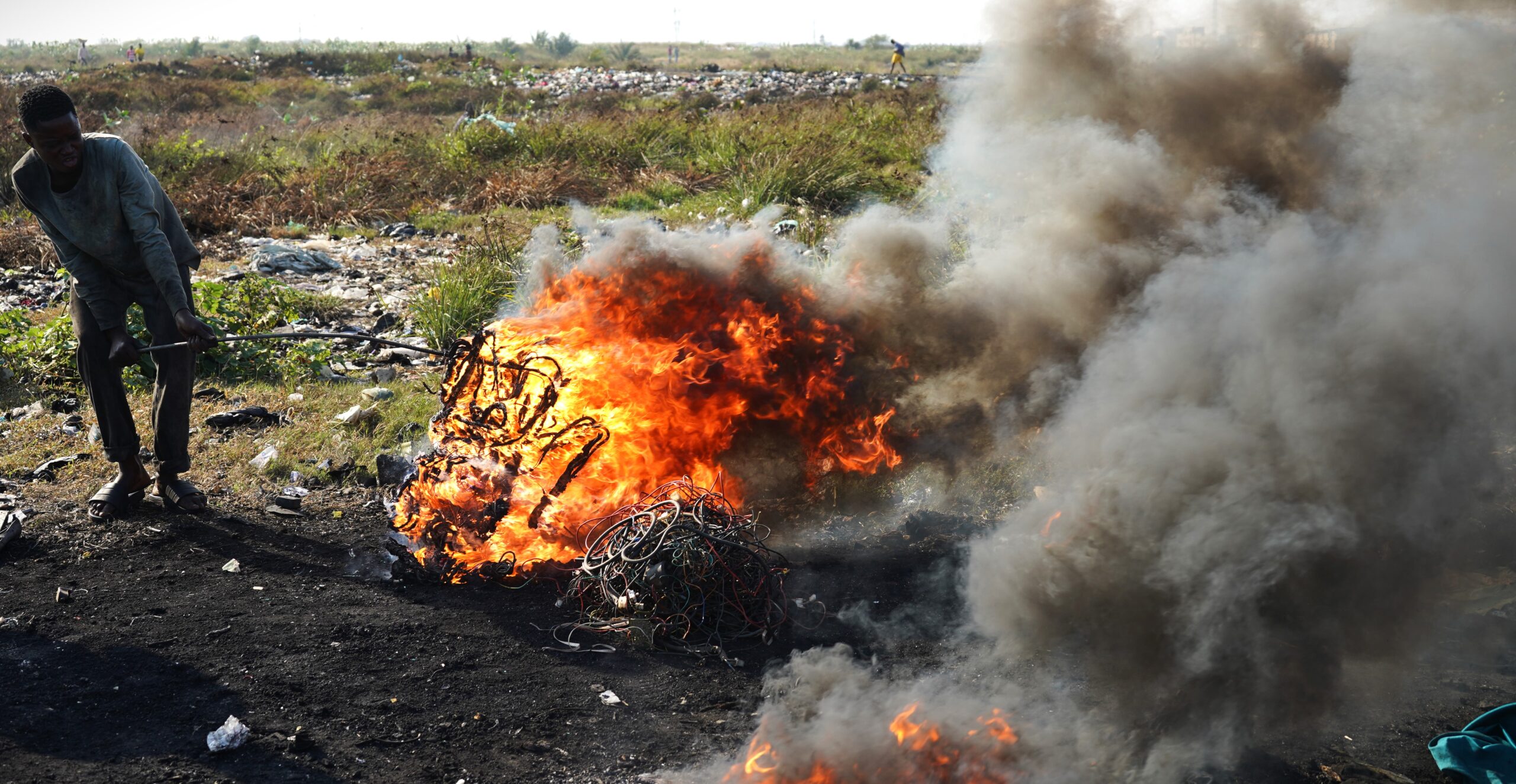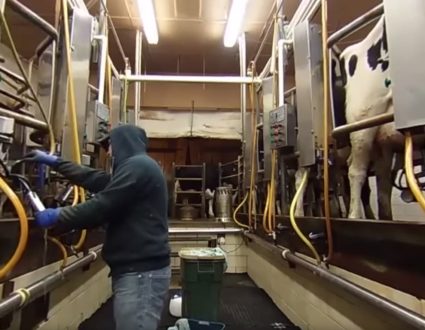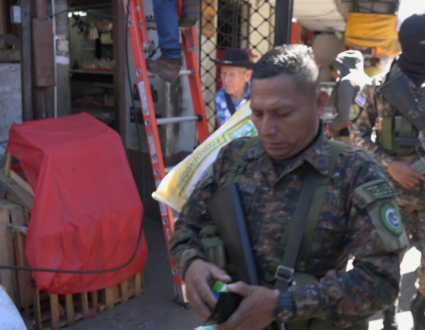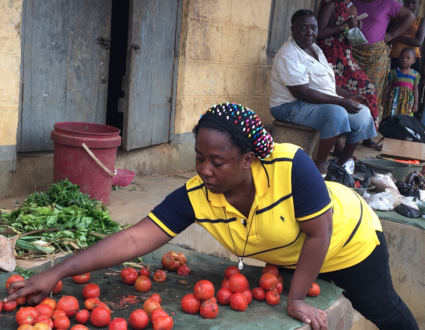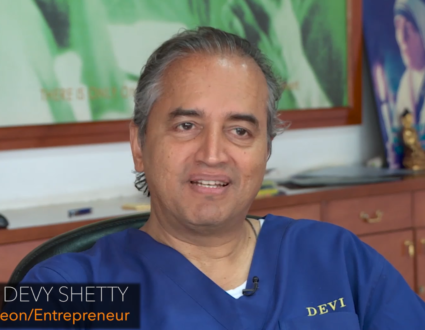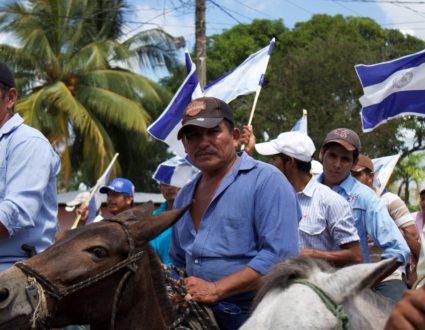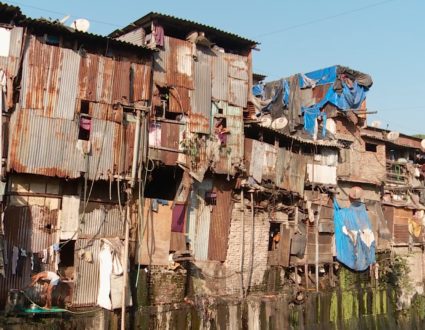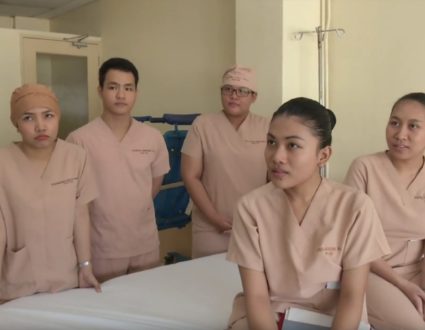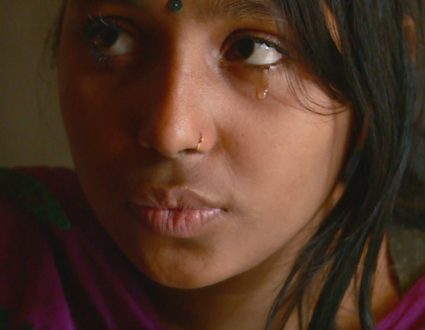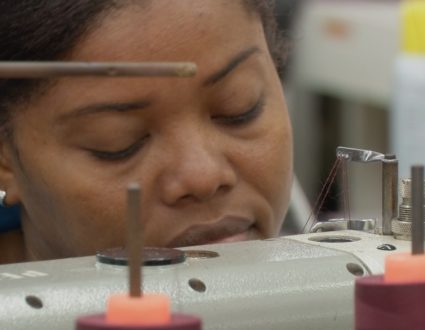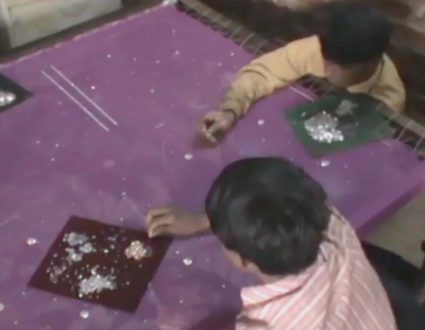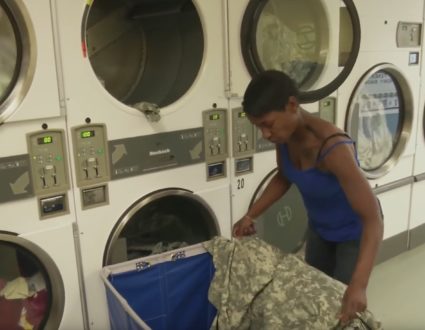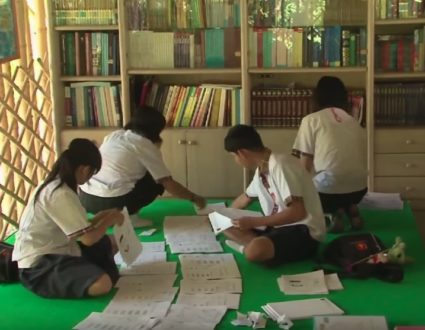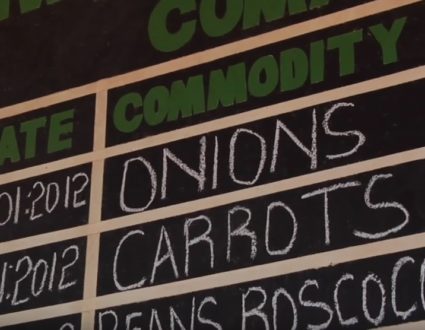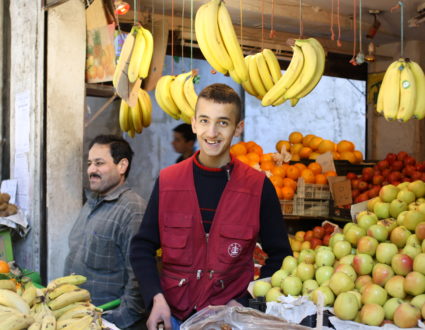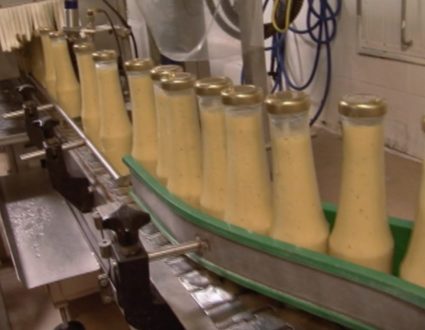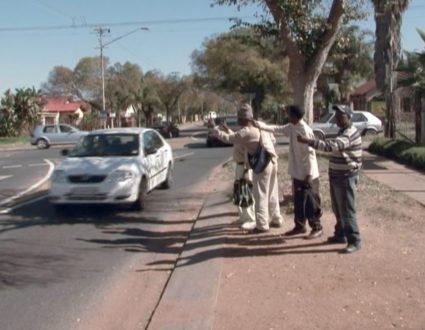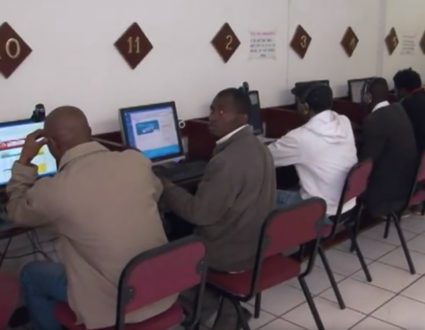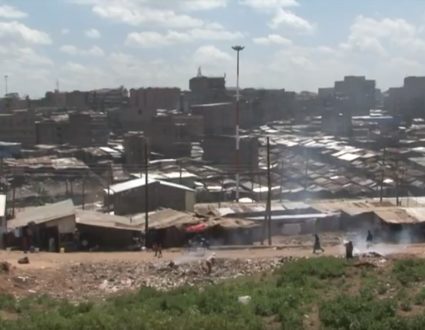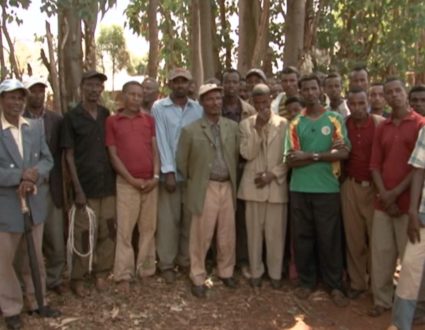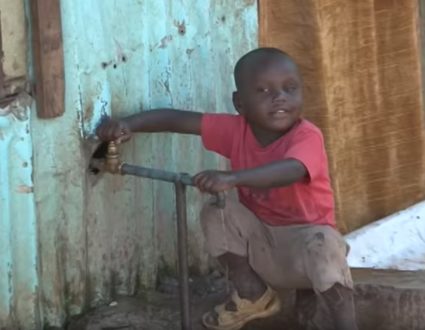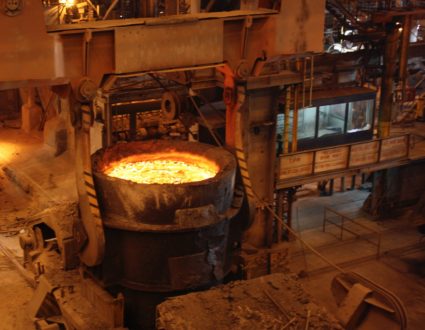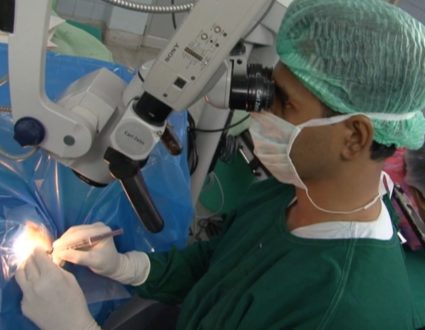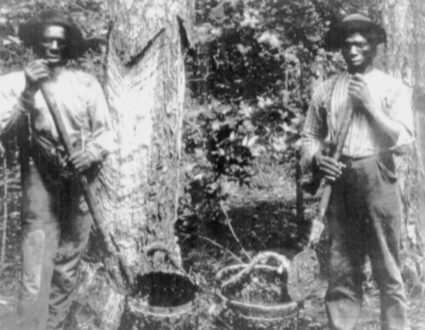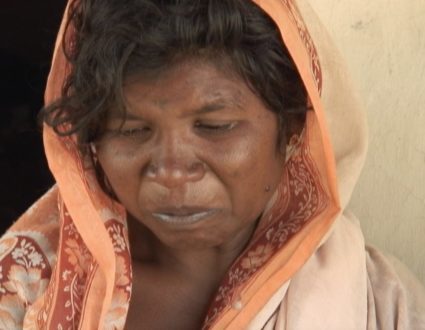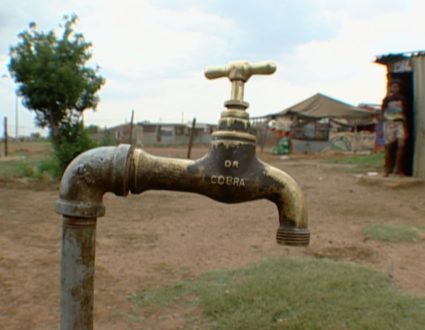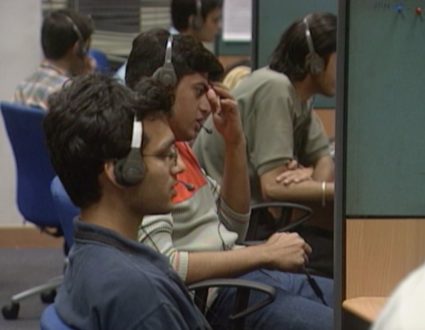GWEN IFILL: And now we take a look at illegal child labor in India and the ongoing struggle to end it.
NewsHour special correspondent Fred de Sam Lazaro.
FRED DE SAM LAZARO: When Kailash Satyarthi conducts rescue raids of underage workers, he always bring along cameras to document evidence.
On a hot summer afternoon, Satyarthi group quietly fanned out in Delhi’s bakery district, rounding up children into waiting vehicles. A local magistrate and police contingent were along in case there was any trouble.
KAILASH SATYARTHI, children’s rights activist (through translator): You don’t have to fear.
FRED DE SAM LAZARO: At a government processing center, they’d determine if these children were already registered as missing or if they’d been sold to their employers.
KAILASH SATYARTHI (through translator): These are all government officials. They’re all here to help you.
FRED DE SAM LAZARO: That’s what he said to the young men. He told me not all officials are reliable allies and that this day’s total of 22 should have been much bigger, he said:
KAILASH SATYARTHI: We wanted to rescue at least 50 to 60 children from two areas. Many of them are already hidden, so when we reached there, we could not find most of the children.
FRED DE SAM LAZARO: Who tips them off?
RELATED INFORMATION
Children in Burkina Faso Get Dirty Work of Digging Up Gold
KAILASH SATYARTHI: Sometimes police, sometimes other authorities and sometimes the local people.
FRED DE SAM LAZARO: He said the combination of official and middle-class indifference and dire poverty drives perhaps 50 million Indian children into the workplace, some as young as 6 or 7. Most are from the minority Muslim, tribal or lower-caste Hindu communities. Many are bonded, sold into virtual slavery, working often in grimy, grossly unhealthy conditions.
KAILASH SATYARTHI (through translator): Let me see your hands. What we say is that children’s hands should have books in them, pens and pencils in them.
CHILD (through translator): But we are helpless. We have to do what we do.
KAILASH SATYARTHI (through translator): Helpless, yes, but we will see to your studies and try to get work for your mother and father, God willing.
FRED DE SAM LAZARO: India actually has laws against child labor. School is mandatory up to age 14. And there are funds to rehabilitate rescued children. Despite all that, Satyarthi says it’s mainly up to private activist groups like his to make sure the laws are actually implemented.
KAILASH SATYARTHI (through translator): I am free.
This is Mukti Ashram. This is a transitory rehabilitation center for freed bonded children. All the children have been rescued by us over the last one month or so. First of all, we have to assert in them that they are free.
FRED DE SAM LAZARO: They haven’t fully conceptualized it yet?
KAILASH SATYARTHI: Not really. They cannot do it so fast.
FRED DE SAM LAZARO: Frequently, newcomers still stick to instructions they have gotten from employers on how to respond to certain questions, like my first one, how old are you? Fifteen, they said, in boy’s choir voices; 15 is a legal working age.
More accurate are the stories they shared of abuse when they worked in the embroidery business, notorious for its use of children.
CHILD (through translator): We worked from 8:00 a.m. until midnight.
CHILD (through translator): If you ever did something wrong, they would beat us. We got beaten every day.
FRED DE SAM LAZARO: Niaz Ali’s story is similar to many others from this group. A trafficker came to his village several hundred miles from here in Eastern India. He gave Niaz’s parents money to take the boy to Bombay, where he promised he’d be taught a trade and could earn a good living.
FRED DE SAM LAZARO: How much money did they give your parents?
CHILD (through translator): Twenty thousand rupees.
FRED DE SAM LAZARO: That’s about $400, a large sum for parents who were not difficult to convince that this is their child’s ticket out of dire poverty.
KAILASH SATYARTHI: Almost all the parents are illiterate. I always advocate that poverty, child labor and illiteracy are three interrelated cause-and-consequence factors.
FRED DE SAM LAZARO: Kailash Satyarthi is an engineer by training, but calls himself a Gandhian by inspiration. He began his advocacy three decades ago in India’s rug industry, where child labor was pervasive, taking a message to consumers in Germany and the United States.
KAILASH SATYARTHI: I had a strong belief that once a person is sensitized towards child slavery, whether it could be carpet or shoes or apparels, you cannot limit that social concern and social motivation. And that worked.
FRED DE SAM LAZARO: Today, a group he founded, now called GoodWeave, offers a labeling system that guarantees that no child labor was used in making the rugs. Some 120 carpet merchants and retailers in Europe and the U.S. now carry GoodWeave-certified rugs.
Some 70 Indian exporters have licensing agreements with GoodWeave. They agree to unannounced inspections of their factories and suppliers, like this one in the northern city of Varanasi, producing rugs bound for Australia.
After a quick look around, GoodWeave staffers interviewed Weavers and examined employment records. This producer got a clean bill of health. But inspector Jawed Ahmed says its still sometimes a cat-and-mouse game.
JAWED AHMED, GoodWeave (through translator): Sometimes, we will enter a place and hear people running or scattering, and you have to believe that they’re using children. If there are just adults, there’d be no reason for people to run.
FRED DE SAM LAZARO: GoodWeave India’s chief, Manoj Bhatt, says a big challenge for Western importers is to know whether to trust all the layers of subcontractors. At least 500 supply GoodWeave’s 70 approved licensees.
MANOJ BHATT, GoodWeave: The supply chain is very, very decentralized and scattered in different districts, and sometimes in different states in India. They have to believe what their exporters are telling them. And even for exporters, it’s really hard to actually keep track of what is happening in their supply chains.
FRED DE SAM LAZARO: It’s villages like this in eastern Uttar Pradesh that are the starting links of the long supply chain that leads to the export houses and the rug markets in the West. From dawn to dusk, you can hear the sound of hundreds of carpet looms.
They’re housed in ramshackle buildings. We popped in unannounced, posing as tourists and at times received as prospective buyers. Using hidden cameras and cell phones in Uttar Pradesh and other areas, it was easy to document clearly underage boys toiling alongside veterans, who themselves may have been here since they were boys.
The appropriate authorities rarely patrol here and GoodWeave’s Bhatt says it’s out of their control.
MANOJ BHATT: That’s one of our limitations, that we cannot access looms which are not part of our licensees.
FRED DE SAM LAZARO: When they are discovered, boys like Zahidul are returned to their families. He was found four years ago, when he was 10. Poverty might have driven him to work, but Zahidul wasn’t trafficked into the job. His mother, Faratun Bibi, says he volunteered to go to work in the carpet business after his father, the family breadwinner, suffered a stroke, worsening their already desperate condition.
FARATUN BIBI, mother (through translator): After his illness, Zahidul himself said, mom, why don’t you let me go to work? I could earn some money. In fact, the middleman didn’t want to take him. He said he was underage. But I pleaded with him, please do it for me.
FRED DE SAM LAZARO: Just days after he began working, Zahidul was found hiding in a carpet factory hundreds of miles from home.
CHILD (through translator): They told me to roll myself into a blanket, that the people were coming to get me and put me in school.
FRED DE SAM LAZARO: GoodWeave did enroll Zahidul in school. Neither of his parents or two older siblings ever went to school. After showing proof that Zahidul is actually attending, the family receives a monthly stipend to help make ends meet.
MAN (through translator): How far have you read?
FRED DE SAM LAZARO: Now 14, Zahidul is in fourth grade and still struggles. He may never thrive in school, but GoodWeave’s Bhatt says even basic reading ability can be useful. And basic arithmetic is essential to be able to count one’s salary.
MANOJ BHATT: The idea here is to break that cycle of illiteracy, so that this, you know, literate person can, you know, understand the value of education for their kids.
FRED DE SAM LAZARO: GoodWeave estimates the number of children working in South Asian rug looms is down to about a fourth of the one million who once did.
But for Kailash Satyarthi, there are always other industries to tackle. It comes at a cost. He’s been beaten up several times and two colleagues were murdered because of their activism, he says.
Child labor is a critical part of India’s largely unorganized economy, and for one simple reason, he says. They’re cheap.
KAILASH SATYARTHI: You can buy a child for lesser price than an animal. The buffaloes and cows are much more expensive than buying a child to work full-time and for the whole of his life.
FRED DE SAM LAZARO: He says it’s one explanation why India has 50 million children working full-time. And at the same time 50 million adults, many of them parents of those working children, are unemployed.
GWEN IFILL: Fred’s reporting is a partnership with the Under-Told Stories Project at Saint Mary’s University in Minnesota.
Kailash Satyarthi
There are laws against child labor in India, yet millions of underage children are still trafficked or forced by poverty to toil away in factories. One group is taking matters into its own hands to rescue the children and lobby to end the practice.
Related Links:Bachpan Bachao Andolan,GoodWeave
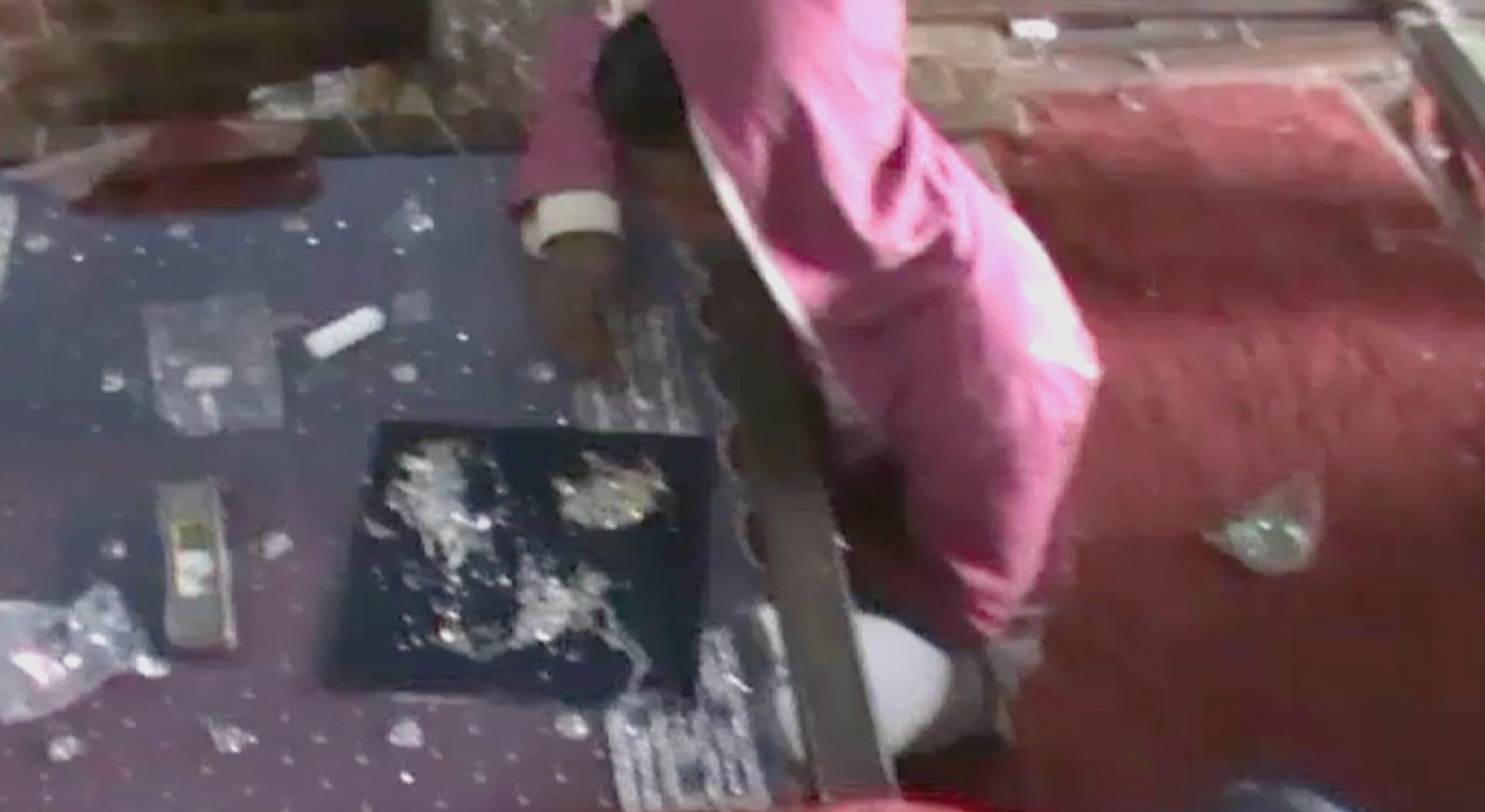
The embroidery business is notorious for its use of children.
“I always advocate that poverty, child labor and illiteracy are three interrelated cause-and-consequence factors.”

